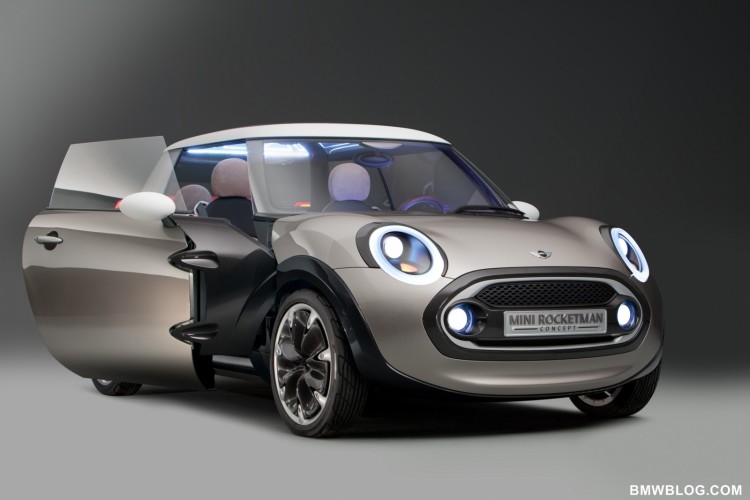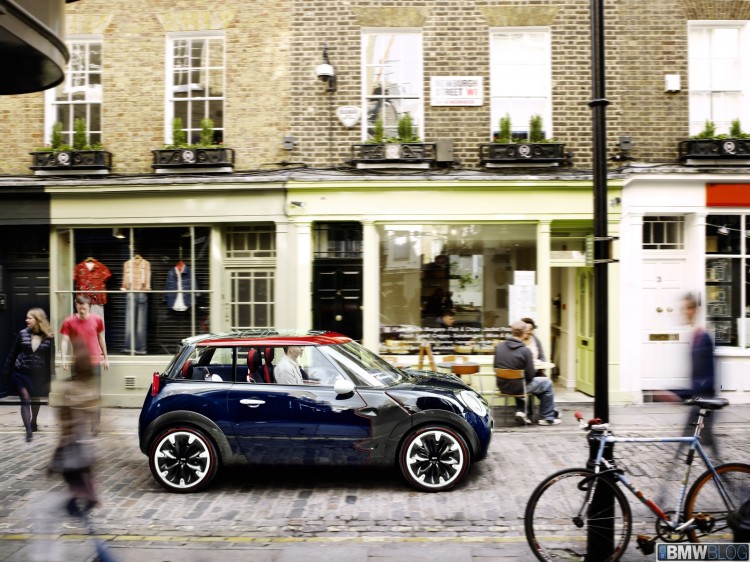In 2011, the automotive market discovered itself at a attention-grabbing crossroads. On one facet, compact and city-friendly vehicles had been having fun with appreciable reputation, particularly in densely populated European cities. Fashions just like the SMART Fortwo and the charismatic Fiat 500 had been thriving, proving there was nonetheless an urge for food for smaller autos designed for city agility and effectivity. These vehicles had tapped right into a shopper need for simplicity, affordability, and practicality, with out sacrificing persona or type.
But, on the opposite facet of the spectrum, the business was starting to witness a notable shift. Client preferences, notably in key markets like North America, had been step by step pivoting towards bigger autos—SUVs, crossovers, and vehicles—providing elevated practicality, increased driving positions, and the notion of enhanced security. Rules had been taking part in a job too, with stricter crash-test requirements and extra stringent pedestrian security guidelines inadvertently pushing producers to construct bigger, heavier vehicles. This pattern posed a singular problem for manufacturers traditionally identified for his or her compact, charismatic autos. MINI, a model whose very identification was constructed across the virtues of being small, agile, and distinctly city, discovered itself reflecting deeply on this rising paradox.
Rocketman’s Debut in Geneva
So it comes as no shock that MINI designers had some concepts in retailer. The model selected the Geneva Motor Present in March 2011 because the stage to current an idea automobile in contrast to another in its current historical past: the MINI Rocketman. The Rocketman Idea wasn’t merely one other styling train; slightly, it was a severe and considerate exploration of how MINI would possibly evolve its heritage in a altering automotive panorama. With a size simply over 3.4 meters, it was strikingly comparable in dimension to the unique traditional Mini, launched in 1959 by legendary designer Sir Alec Issigonis. Its compact dimensions made it a direct religious successor, echoing the unique automobile’s sensible packaging and intelligent city performance.
However MINI knew that to seize imaginations—and to justify producing such a radically compact automobile in a shifting market—they wanted some innovation beneath the trendy exterior. This ambition led them to embrace a know-how that guardian firm BMW was pioneering concurrently: carbon fiber building. Certainly, 2011 was additionally the 12 months BMW launched its groundbreaking electrical metropolis automobile, the i3, a revolutionary mannequin showcasing intensive carbon fiber bolstered plastic (CFRP) to scale back weight, improve rigidity, and enhance effectivity. Seeing the potential synergy, MINI borrowed from BMW’s engineering playbook, integrating an analogous carbon fiber spaceframe into the Rocketman Idea.
3+1 Seating
Inside, the Rocketman mirrored MINI’s iconic creativity in spades. The cabin featured an revolutionary 3+1 seating association, cleverly maximizing passenger house whereas remaining compact sufficient for city maneuverability. The inside itself was playful but extremely useful, providing sliding and folding seats and a minimalist dashboard designed round intuitive connectivity. Even the doorways employed ingenious engineering, using double hinges to swing outwards and upwards, easing entry and exit in cramped metropolis environments.
MINI had clearly acknowledged that small, charismatic metropolis vehicles might nonetheless maintain enchantment—as different small vehicles have confirmed this. However MINI additionally realized one thing else essential: regulatory pressures had been quickly altering the automotive panorama. So although the automobile was constructed round a three-cylinder engine, the packaging appeared extra fitted for an electrical automobile.
An Electrical Rocketman Would Have Been Cool
Electrification was changing into a rising actuality, and concrete facilities had been more and more contemplating stricter emissions requirements. The Rocketman, with its light-weight carbon fiber construction, appeared tailored for an electrical drivetrain. An electrical Rocketman might have delivered precisely what city drivers sought: zero-emissions commuting, minimal operating prices, and a driving expertise bursting with character and agility.
But, regardless of this compelling mix of nostalgia, innovation, and concrete practicality, the MINI Rocketman by no means reached manufacturing. But, the rumormill churns out that the MINI Rocketman might need performed an essential position within the J01 MINI Cooper electrical, a automobile constructed on a bespoke EV platform. However sadly, not with a carbon fiber chassis.
In the present day, over a decade after its unveiling, the Rocketman continues to impress with its timeless design and hopefully it can resurface sooner or later within the BMW Museum in Munich.






